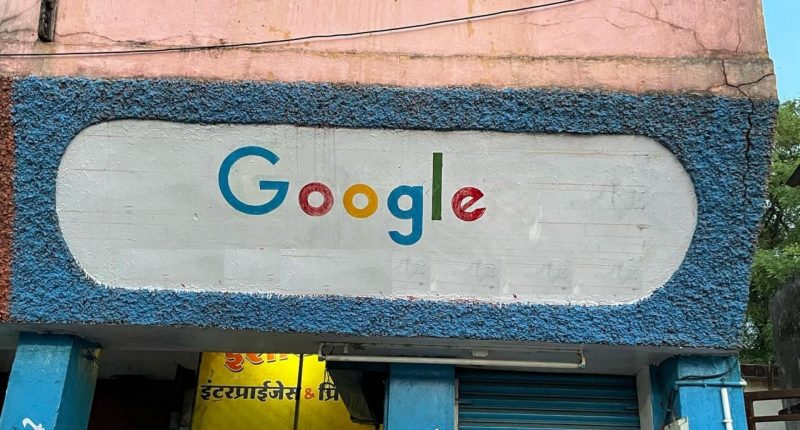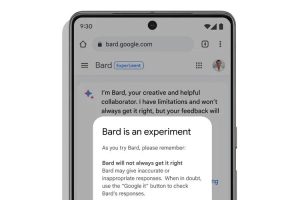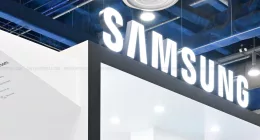The popularity of ChatGPT opened the floodgates for numerous other AI chatbots to enter the arena. One of these is Google’s Bard, but ever since it was unveiled last month, it fell short of user expectations. Now, it seems that Google has worked out some of the major kinks in its armor, as the tech giant began the public release of its chatbot on Tuesday.
Google said that it was “starting to open access to Bard” to a limited number of users in a bid to regain lost ground from Microsoft in the rapidly-intensifying AI race. For now, the chatbot will be available to select users in the US and the UK, and interested users can join the waitlist at bard.google.com. Google added that the initial roll-out of Bard (only in English for now) will be slow before it rolls out to users in more countries, though no timeline was given.
Until this development, Bard was open to approved testers only. “We’re beginning with the U.S. and the U.K., and will expand to more countries and languages over time,” the company said in a blog post on Tuesday.
Sissie Hsiao, Google’s VP of Product, and Eli Collins, VP of Research, noted in the blog post that opening up access to Bard – which is described as an experiment that allows for collaboration with generative AI and something that is intended to help people boost their productivity, accelerate their ideas, and fuel their curiosity.” – is “the next critical step in improving it” and that feedback from a greater number of users was crucial in improving the finished product. Jack Krawczyk, a senior product director at the company, said that Google is focused on users.
It should be noted that the improved Bard is not a replacement for Google’s search engine. If anything, it complements the same. Hsiao and Collins described the chatbot as “a direct interface to an LLM,” and something that is a “complementary experience to Google Search.” Much like OpenAI’s ChatGPT and Microsoft’s Bing chatbot, Bard offers a similar interface with a blank text box where users can ask questions about any topic they like. At the bottom of each response, Bard offers four buttons – thumbs up, thumbs down, a refresh arrow, and a button saying “Google it.” The option at the top right of the response says “View other drafts.”
If users click on the “Google it” option, Bard will show them suggestions for queries, while Search will open in a new tab so that users can find relevant results easily. But unlike ChatGPT, Bard cannot generate computer code. Despite these developments, the product is still far from perfect. In the demo, Google warned users with a pop-up notice reading “Bard will not always get it right,” along with a disclaimer that the chatbot may display offensive information that does not represent Google’s views.






